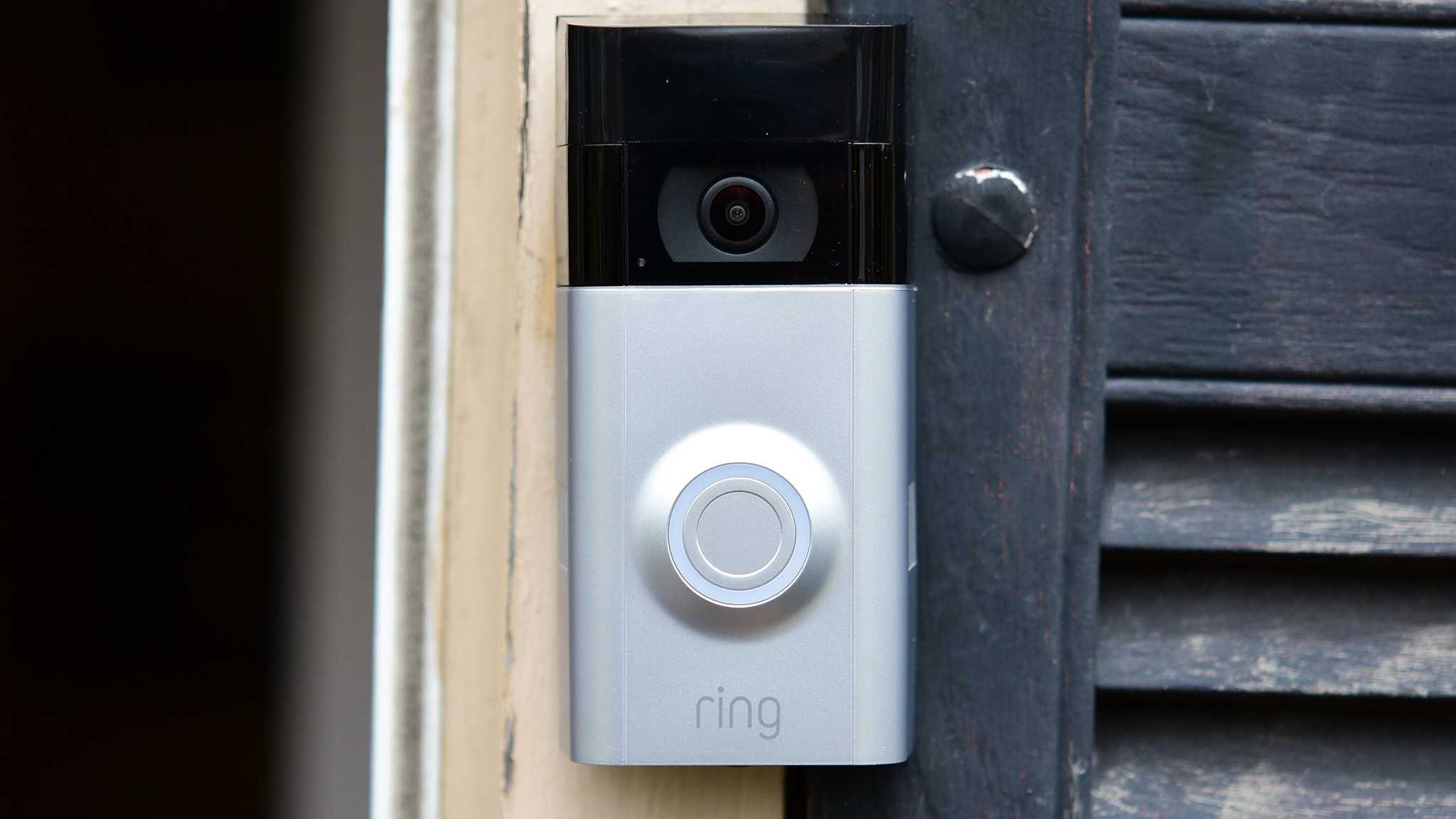Featured
Security gets an upgrade – with a few glitches
Video doorbells are all the rage in the USA. Can they work in South Africa? SEAN BACHER tries out the Ring Video DoorBell 2 and Floodlight Cam.
Share
- Click to share on Twitter (Opens in new window)
- Click to share on Facebook (Opens in new window)
- Click to share on LinkedIn (Opens in new window)
- Click to email a link to a friend (Opens in new window)
- Click to share on Reddit (Opens in new window)
- Click to share on WhatsApp (Opens in new window)
- Click to share on Pinterest (Opens in new window)
IP cameras have become synonymous with both business and home security. They are readily available, fairly inexpensive and, in many cases, easy to install.
Many are wireless, allowing one to place the camera anywhere within Wi-Fi range. As a result, they are a solution that can be customised to suit any type of security situation.
A world leader in doorbell security, Amazon subsidiary Ring, has recently extended its range of security devices, which now includes doorbells, floodlights, and Wi-Fi extenders, all designed to enhance and complement existing security beams and electric fences.
First up is the Ring Video DoorBell 2
It doesn’t look much like your normal intercom system, except for the miniature eye that keeps track of mischief that may be happening.
Setting up is fairly easy. All one needs to do is connect it to the network by pushing the connect button, create an account on the downloaded smartphone app and get started with customisation and certification. Features like sensitivity, alerts, and numbers where these alerts need to be sent can all be preprogrammed. It is then just a matter of positioning the doorbell to get the best video coverage.
Getting the correct position may take some time, though, as cars and pedestrians may set it off.
Next up is the Floodlight Cam
This works much the same as the doorbell. However, it needs to be mounted to a wall. Ring has you covered there: in the box you will find drill bits, screws and even a screwdriver to help you secure the camera.
You will have to set alerts, phone numbers, and sensitivity. The spotlight allows you to change what time it should light up and shut down, and the package also includes an alarm, should its beams be broken.
Although this all sounds good, there are a few drawbacks to the Ring solutions. Firstly, unlike the United States, where doorbells are stuck in the vicinity of a front door, allowing them to connect to a network easily, many houses in South Africa have gates that need to be opened before one can reach the front door. This means that the bells are on or near the gate, and they are unable to connect to a home or business network.
Now, however, Ring has launched a Wi-Fi extender, but this requires an additional set-up process – and a fairly expensive one, considering the camera cost.
The Ring devices come with Protection Plans that automatically upload any triggered recordings to the cloud, allowing you to view them at a later stage. This trial period only lasts for 30 days, after which the plans can be extended from R450 for a three month period, up to R1 500 for a twelve-month period.
In practice
The attention to detail in the packaging and the addition of the tools really does put the Ring in a class of its own. No short cuts were taken in its design, and you can immediately see that it’s no rip-off. However, the Protection Plans need to be looked at carefully in terms of their costs.
Aside from this challenge, I found the devices very handy inside my house. For instance, a few times my external alarm or fence would sound, at which stage I would get a notification from my armed response – while I was away. But I easily logged in to Ring from my phone to check if anything strange was happening – all in a matter of seconds and while I was sitting all the way in Berlin.
The devices are rather expensive, though, with the Video Door Bell starting at R3 500 and going up to R7 990, and the Floodlight Cam going for R5 000. It all adds up quickly.
The cost means these solutions may not be quite ready for the South African consumer looking for a complete external perimeter security system.
Share
- Click to share on Twitter (Opens in new window)
- Click to share on Facebook (Opens in new window)
- Click to share on LinkedIn (Opens in new window)
- Click to email a link to a friend (Opens in new window)
- Click to share on Reddit (Opens in new window)
- Click to share on WhatsApp (Opens in new window)
- Click to share on Pinterest (Opens in new window)
| Thank you for Signing Up |

















